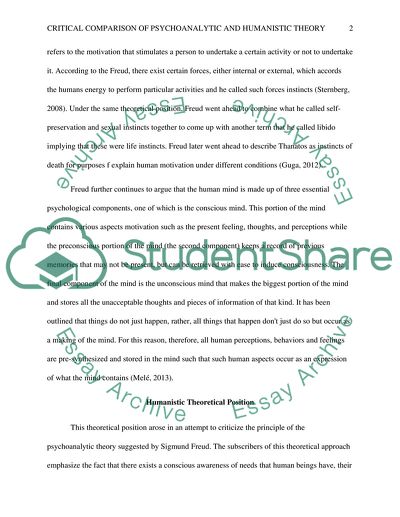Cite this document
(“Psychoanalytic and Humanistic With Regard to Human Motivation Essay”, n.d.)
Psychoanalytic and Humanistic With Regard to Human Motivation Essay. Retrieved from https://studentshare.org/psychology/1702466-two-major-theoretical-positions-on-personality-related-to-their-explanation-of-human-motivation
Psychoanalytic and Humanistic With Regard to Human Motivation Essay. Retrieved from https://studentshare.org/psychology/1702466-two-major-theoretical-positions-on-personality-related-to-their-explanation-of-human-motivation
(Psychoanalytic and Humanistic With Regard to Human Motivation Essay)
Psychoanalytic and Humanistic With Regard to Human Motivation Essay. https://studentshare.org/psychology/1702466-two-major-theoretical-positions-on-personality-related-to-their-explanation-of-human-motivation.
Psychoanalytic and Humanistic With Regard to Human Motivation Essay. https://studentshare.org/psychology/1702466-two-major-theoretical-positions-on-personality-related-to-their-explanation-of-human-motivation.
“Psychoanalytic and Humanistic With Regard to Human Motivation Essay”, n.d. https://studentshare.org/psychology/1702466-two-major-theoretical-positions-on-personality-related-to-their-explanation-of-human-motivation.


